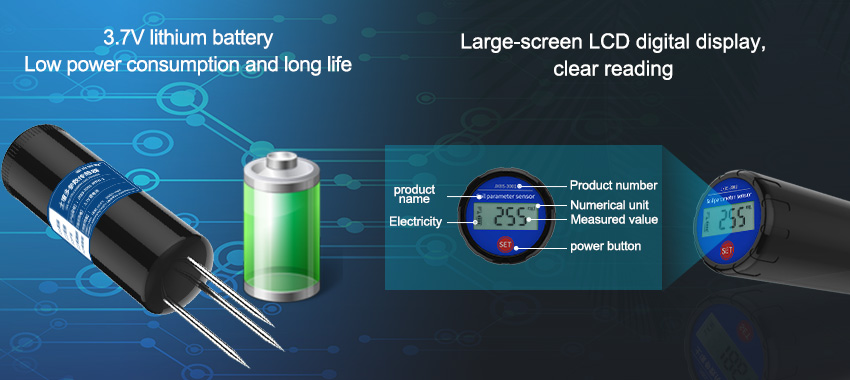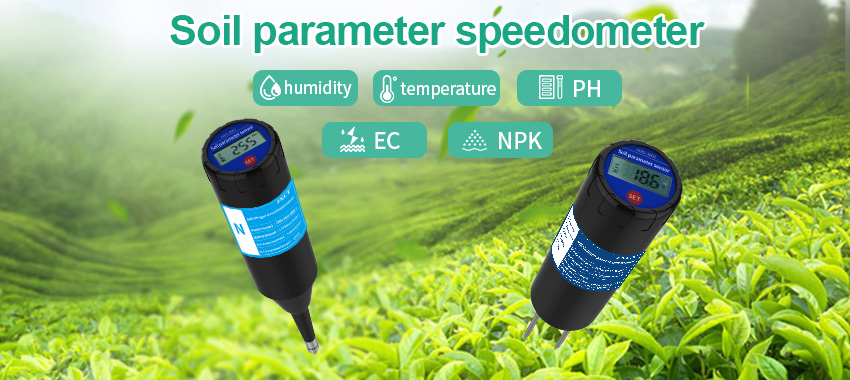In the quest for sustainable agriculture and optimal crop production, farmers have begun to embrace cutting-edge technologies that allow for precise and targeted management of resources. One such technology is soil sensing, which enables farmers to obtain real-time data and insights about their soil health. By utilizing soil sensing technology, farmers can optimize crop health, reduce input costs, and minimize environmental impacts. This article explores how soil sensing technology is revolutionizing agriculture and enhancing crop health.
Understanding Soil Sensing Technology:
Soil sensing technology involves the use of advanced sensors that measure various parameters within the soil, such as moisture content, nutrient levels, pH balance, and temperature. These sensors can be placed strategically throughout the fields, providing continuous monitoring of soil conditions. The collected data is then transmitted to a central system for analysis and interpretation.

Optimized Resource Management:
Precise resource management is crucial for promoting crop health and maximizing yields. With soil sensing technology, farmers can monitor the moisture levels in the soil accurately. This information allows them to adjust their irrigation practices accordingly, avoiding both under and over-watering. Over-irrigation can lead to waterlogging and nutrient leaching, while under-irrigation can result in drought stress and reduced yield. By optimizing irrigation, farmers can ensure that crops receive the right amount of water at the right time, thereby optimizing their health and productivity.
Targeted Nutrient Application:
Soil sensing technology also enables farmers to assess nutrient levels within the soil accurately. Based on this information, farmers can tailor their fertilizer application to meet the specific needs of the crops. This targeted approach reduces unnecessary fertilizer use, decreases the risk of nutrient runoff, and minimizes the environmental impact. By applying the right nutrients in the right amounts, crop health and yield are optimized, while the potential for water pollution and nutrient imbalances is reduced.
Early Detection of Soil Issues:
Soil sensing technology allows for the early detection of soil-related problems that can adversely affect crop health. For instance, sensors can detect excessive salinity levels or imbalances in pH levels, which can hinder nutrient uptake and overall crop growth. By identifying these issues in their early stages, farmers can take necessary corrective measures promptly. This proactive approach to soil health management helps prevent crop losses and ensures optimal growing conditions.

Enhanced Pest and Disease Management:
Healthy soils are a crucial component of effective pest and disease management. Soil sensing technology provides insights into soil health indicators that influence pest and disease pressure. For example, certain nematode species thrive in specific soil conditions, and soil sensing can help identify these conditions. By understanding the associations between soil characteristics and pest prevalence, farmers can adopt targeted pest management strategies, thereby reducing the need for broad-spectrum pesticides.
Data-Driven Decision Making:
Soil sensing technology generates a wealth of data that can be used for data-driven decision making. By analyzing the collected data, farmers can gain valuable insights into soil trends, patterns, and interactions. This information empowers farmers to make informed decisions regarding crop selection, soil amendments, and other management practices. Additionally, this data can be integrated with other agricultural data sources, such as weather forecasts and historical yield records, to further optimize decision-making processes.
Conclusion:
Soil sensing technology is revolutionizing agriculture by providing farmers with real-time data on soil health parameters. This data-driven approach to farming enables farmers to optimize resource management, improve crop health, and reduce environmental impacts. By leveraging soil sensing technology, farmers can make informed decisions regarding irrigation, nutrient management, pest control, and other critical aspects of crop production. As the technology continues to evolve and become more accessible, it has the potential to transform agriculture globally, leading to increased sustainability, productivity, and food security.







